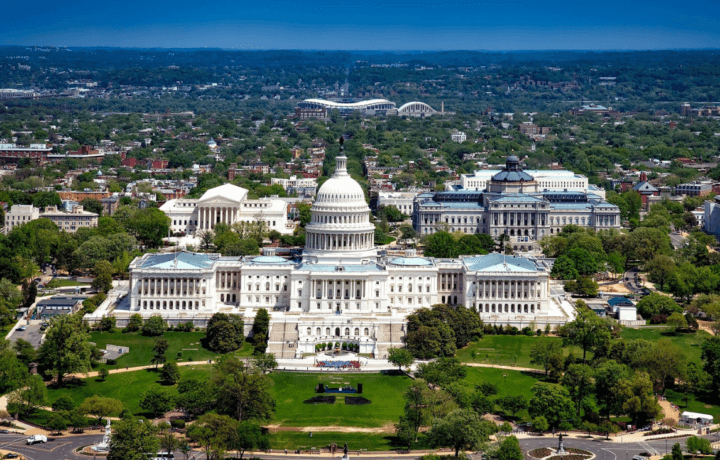The federal government defends the United States from foreign aggression and terrorism, represents U.S. interests abroad, enforces laws and regulations, and administers domestic programs and agencies. Uncle Sam employs over two million workers nationwide and overseas in all major occupations.
Most are aware of the government’s involvement when paying their income taxes or collecting Social Security in retirement. But government is involved with most aspects of our lives – weather forecasting, air traffic control, purchasing fresh and uncontaminated groceries, traveling by air or car, or making a deposit at a bank. Federal government employees play a vital role in these and many other aspects of our daily lives.
There are considerable opportunities for those willing to seek them out. Currently, there are over 10,000 job vacancies advertised, many with multiple openings. The average salary exceeds $90,000, and generous benefits make government jobs all the more attractive.
THREE BRANCHES OF GOVERNMENT
The Constitution of the United States, ratified by the 13 original states in 1791, created the three branches of the federal government and granted certain powers and responsibilities to each. The legislative, judicial, and executive branches were created with equal powers but very different responsibilities that act to keep their powers in balance.
LEGISLATIVE BRANCH
The legislative branch is responsible for forming and amending the legal structure of the nation. Its largest component is Congress, the primary U.S. legislative body, which is made up of the Senate and the House of Representatives. This body includes senators, representatives, their staffs, and various support workers. The legislative branch employs about 2% of federal workers, nearly all of whom work in the Washington, D.C. area.
JUDICIAL BRANCH
The judicial branch is responsible for interpreting the laws enacted by the legislative branch. The Supreme Court is the highest ruling body and rules on appeals or decision made by the lower courts. U.S. District Courts are located in each state and are the first to hear most cases under federal jurisdiction. The judicial branch employs about the same number of people as does the legislative branch, but its offices and employees are dispersed throughout the country.
EXECUTIVE BRANCH
Of the three branches, the executive branch has the widest range of responsibilities. Consequently, it employed 2,191,011 employees as of September of 2021, 97% of all federal civilian workers (excluding Postal Service workers). The executive branch is composed of the Executive Office of the President, 15 executive Cabinet departments, and nearly 90 independent agencies, each of which has clearly defined duties. The Executive Office of the President is composed of several offices and councils that aid the president in policy decisions. These include the Office of Management and Budget, which oversees the administration of the federal budget; the National Security Council, which advises the president on matters of national defense; and the Council of Economic Advisers, which makes economic policy recommendations.
Each of the 15 executive Cabinet departments administers programs that oversee an aspect of life in the United States. The highest departmental official of each Cabinet department, the secretary, is a member of the president’s Cabinet.
Reasons to Get a Federal Job
There are many reasons to seek out federal jobs: high pay, generous benefits, job security, a rock-solid retirement plan and more. Add to this list their student loan payoff program, relocation assistance, cash incentives for hard-to-fill positions, and you may be able to negotiate a higher starting salary. Seek out all available positions and apply for any and all positions that you qualify for to improve your chances.




